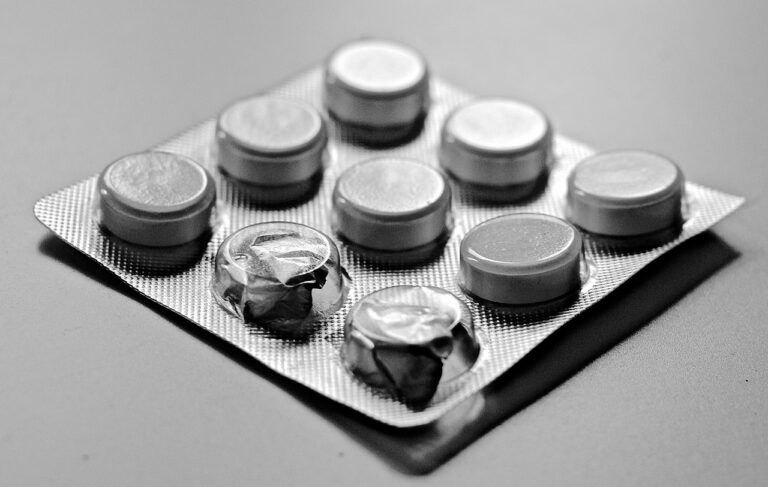How the Internet of Things is Transforming Healthcare
The integration of Internet of Things (IoT) technology in healthcare settings offers a myriad of opportunities for revolutionizing patient care. With IoT devices, healthcare providers can monitor patients remotely and in real-time, enabling proactive interventions and personalized treatment plans. From wearable fitness trackers to smart medical devices, the potential of IoT in healthcare is vast and continues to expand as technology advances.
Moreover, the data collected by IoT devices can provide valuable insights for healthcare professionals to make informed decisions and improve patient outcomes. By analyzing continuous streams of data, healthcare providers can detect patterns, predict health risks, and optimize treatment strategies. The potential impact of IoT in healthcare extends beyond individual patient care to include population health management and disease prevention initiatives.
Enhanced Patient Monitoring and Care
The use of IoT in healthcare has revolutionized the way patients are monitored and cared for in various medical settings. With the integration of smart sensors and devices, healthcare providers can now gather real-time data on patients’ vital signs and health status, allowing for more proactive and personalized care. This enhanced monitoring system enables healthcare professionals to quickly identify any deviations from normal parameters and intervene promptly to prevent health complications.
Additionally, IoT technology has improved the efficiency of patient monitoring by enabling remote monitoring capabilities. This means that healthcare providers can monitor patients’ health status from a distance, allowing for continuous care outside of traditional medical settings. Through wearable devices and connected medical equipment, patients can receive around-the-clock monitoring and support, which can lead to early detection of potential health issues and timely interventions.
What is IoT in healthcare?
IoT, or the Internet of Things, refers to the interconnected network of devices and sensors that collect and exchange data in real-time. In healthcare, IoT technology can be used to monitor patients, track medical equipment, and improve overall efficiency in healthcare settings.
How can IoT enhance patient monitoring and care?
IoT devices can provide real-time monitoring of a patient’s vital signs, medication adherence, and overall health status. This allows healthcare providers to intervene quickly if any issues arise, leading to more personalized and timely care for patients.
What are some examples of IoT devices used for patient monitoring?
Examples of IoT devices used for patient monitoring include wearable fitness trackers, smart medical devices (such as insulin pumps or continuous glucose monitors), and remote monitoring systems that track a patient’s health at home.
How does enhanced patient monitoring benefit healthcare providers?
Enhanced patient monitoring allows healthcare providers to track patient progress more closely, identify potential health issues earlier, and make more informed treatment decisions. This ultimately leads to improved patient outcomes and reduced healthcare costs.
Is patient data collected through IoT devices secure?
Patient data collected through IoT devices must adhere to strict security and privacy protocols to ensure confidentiality and compliance with healthcare regulations. Healthcare providers should ensure that IoT devices are secure and that data is encrypted to protect patient information.





